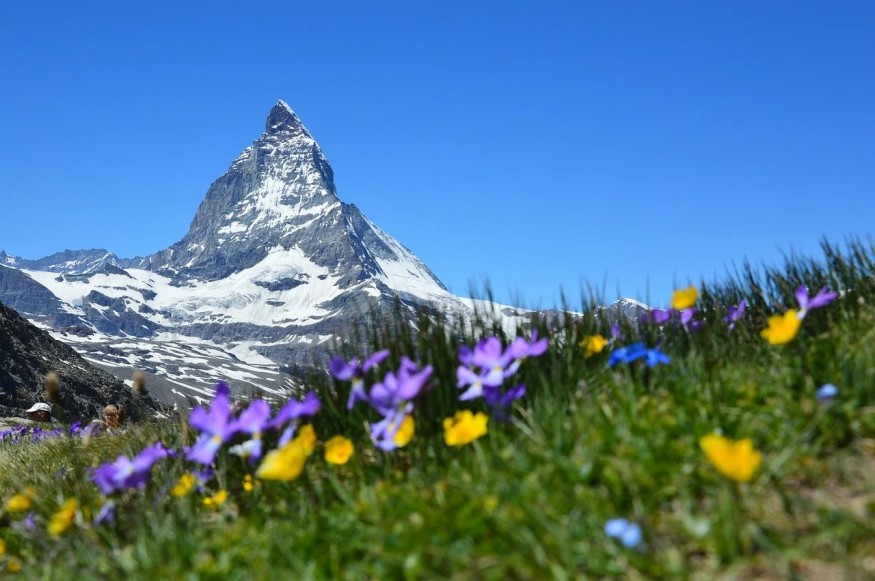Researchers have recently reevaluated the origin of the Swiss Alps and Molasse Plateau Basin in light of recent evidence.
Geoscientists have long thought that the Swiss Alps formed from the southern Adriatic tectonic plate's collision with the northern Eurasian tectonic plate.
Previous Theory on Alps Formation
For a long time, the Adriatic tectonic plate was thought to have thrust rocky material upward into what ultimately formed into the Alps. As it did so, it supposedly pushed the weight of the continental plate under it and pushed it downwards, which caused the northern sedimentary basin to form beside these mountains. This basin became the Swiss Molasse Plateau.
In this theory, the mountains continued to progressively grow with time, while the basin floor progressively sank deeper along with the plate it is on.

READ: Threat of Mont Blanc Glacier Collapse Causes Red Zone Imposition and Evacuation on Valley
Past Theory Doubtful
In the past few years, however, new geological and geophysical data cast doubt in the minds of the University of Bern sediment specialist Fritz Schlunegger and Edi Kissling, ETH geophysicist, regarding the theory.
Because of this new information, the two scientists sought an alternate explanation for creating the Swiss Alps and Molasse basin.
The Alps' Altitude and the Plateau's sinking
Schlunegger and Kissling explained that the Alps' altitude and topography almost stayed the same in the last 30 million years. Meanwhile, the trench in the Swiss Plateau continued to sink, with the basin continuing to extend farther north.
This caused the researchers to disconnect the processes that formed the Central Alps with those that continuously sink the trench. Contrary to previous assumptions, they appear to be unrelated.
READ ALSO: Melting Doomsday Glacier in Antarctica Could Cause 10-Ft Sea Level Rise
Evidence Contrary to the Previous Theory
According to the two researchers, if the two tectonic plates indeed formed the Alps and its adjacent trench from their collision, then the Alps should be growing steadily. The earlier theory should have accounted for the association between the formation and sinking of the trench with its adjacent mountain range formation and height.
Unfortunately, nothing was linking them with each other. Also, the seismicity occurring in the last four decades in the Alps and the northern foreland shows a transparent extension over the mountain ranges instead of a compression that would have occurred if the previous theory is correct.
New Explanation
The new theory involves the Eurasian plate's behavior, which had already undergone extreme subduction from the continental south Adriatic microplate around 30 million years ago. The European plate's lighter crust layer is separated from the underlying, more massive lithospheric mantle.
The two drifted apart, with the crust that weighs less surging upwards and creating the Alps, while its lithospheric mantle sinks even further downwards to the mantle of the planet and pulling its adjacent part as well, creating the trench.
According to Kissling, the Alps are composed mainly of granite and gneiss, light, crustal rocks. Meanwhile, the mantle and the European plate's lithosphere layer are more massive. The upward forces are the ones that lifted and formed the Alps, instead of the resulting collision between two continental plates.
The researchers collaborated with more scientists to create a simulation model that agrees with geophysical laws and considered the earthquakes that happen once every few hundred years. Their research is published in the journal Geophysical Research Letters.
More research needs to be done, but for now, the new theory more convincingly answers the questions regarding the creation of the Swiss Alps and Molasse Plateau Basin that have not been adequately solved by the previous theory.
READ NEXT: Polar Bears Drop Their GPS Tracking Collars, But Can Still Be Used To Track Drifting Ice
Check out more news and information on Glaciology on Nature World News.
© 2025 NatureWorldNews.com All rights reserved. Do not reproduce without permission.





